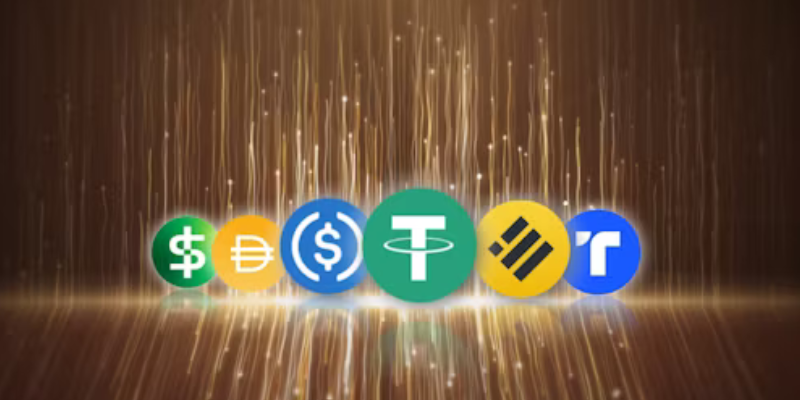EU's New Strict Stablecoin Regulation, Effective June 30

The EU’s MiCA stablecoin regulations cap the number of transactions at one million and the daily value at €200 million, effective June 30.
TakeAway Points:
- The EU’s MiCA regulations place severe limits on stablecoin transactions, which may prevent companies like Tether (USDT) and Circle (USDC) from doing business in the area, with effect from June 30.
- Issuers of stablecoins need to obtain a banking or e-money licence in order to comply; Circle intends to do so by the deadline.
- While big exchanges like Bitstamp and OKX have already delisted USDT, the new regulations, which are intended to protect the euro, might have a substantial effect on stablecoins denominated in USD.
EU new Stablecoin Regulations
The European Union is set to implement stringent new regulations for stablecoin issuers, effective June 30. These rules, part of the broader Markets in Crypto Asset (MiCA) legislation, will require stablecoin issuers like Tether and Circle to obtain appropriate authorization to operate within the 27-nation trading bloc.
The regulations also impose strict limits on transaction numbers and values, potentially disrupting the operations of major stablecoin issuers. Robert Kopitsch, secretary-general of Blockchain for Europe, highlighted the challenge, stating, “Non-EU, euro-denominated stablecoins – if they are over a certain threshold – then you need to stop issuing and using them, and that creates a problem because 99% of the stablecoins market is in USD.”
Caps on Transactions and Compliance
MiCA’s Article 23 stipulates that companies must cease issuing an asset-referenced stablecoin if it is used for more than 1 million transactions or exceeds a daily value of 200 million euros ($215 million). These caps aim to prevent stablecoins from undermining the euro, as explained by Mark Foster, EU policy lead at the Crypto Council for Innovation.
The European Banking Authority (EBA) supports these measures to “safeguard the monetary system.” However, the EBA has yet to clearly define how it will measure these values, though a consultation document suggests that transactions involving at least one party in the EU will be counted. A final report on measurement methods is expected by the end of the month.
Licensing and Operational Difficulities
Stablecoin issuers face additional hurdles in obtaining the necessary certification to comply with MiCA. Kopitsch noted that acquiring an e-money institution license or banking license is a “very costly, long process.” Circle, which conditionally registered as a Digital Asset Service Provider with the French Financial Markets Authority in April, aims to secure an e-money license by the deadline.
A Circle spokesperson stated, “Circle is committed to full compliance with EU’s MiCA regulations. We plan to onshore EURC to the EU and issue it from Circle France in a MiCA-compliant manner.” Tether’s CEO, Paolo Ardoino, expressed optimism about MiCA’s implementation but emphasized the need for balanced regulatory policies that protect consumers and foster industry growth.
Meanwhile, press releases from the major financial authority of the European Union frequently include warnings that cryptocurrencies are highly volatile, openly speculative instruments. When using this tool, investors are urged to use extreme caution. The Central Bank also accepts that it is hard to deny the existence of cryptocurrencies given the market’s fast development and significant influence on the economy.





